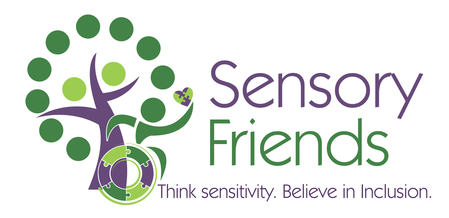- Use a Halloween Social Story – for first timers or advanced trick-or-treaters, using a social story to help explain what to expect on Halloween may be very helpful. Some children with learning disabilities (like my son who has autism) are concrete thinkers and need information on what steps come next. I found this resource to be useful: Halloween Social Story.
- Help your child pick a costume – At first, I printed a set of pictures of the costumes for Richie’s favorite characters that year. I placed them in front of him and asked him to choose which one he’d like to be. Most years he was interested in picking a costume, others he wasn’t as interested. Today, we’re at the point where he comes to the store with me and chooses what he wants to be.
- Create a picture schedule for the event day – Halloween night or week will be very different from your usual nightly routines. There may be a character parade at school, you might attend a community event or a Halloween party in addition to Trick or Treating. Maybe your family prefers to stay at home and enjoy the show of children and adults masquerading in their creative costumes as they come to your door step. Whatever happens during Halloween season, it will be different. Picture schedules are a helpful way to avoid meltdowns, anxiety or other possible issues.
- Print Halloween cards - For some kids who might not be able to speak just yet, using pre-printed cards on Halloween would be great for helping them to get in on the fun, but without the anxiety of not being able to speak. It also helps to raise awareness with neighbors who may or may not know your child has a disability. I made a few printable different cards with different sizes- Click here for different printable sizes!
- Use sound banks – My son is very sensitive to certain noises or sounds. A shrieking scream, a baby crying, or weird sounds may frighten him or cause an outburst. A few weeks before Halloween, consider using sound-banks to play the sounds you know might frighten or upset your child. Listening to these sounds may help with desensitizing him or her, and instead make the sounds familiar to your child. Try to explain to your child that many people are in character for Halloween and like to act out the part they’re playing. Click here for sound bank files.
- Take small steps – If it’s your first time going trick or treating, stick to your neighborhood first. Familiarity always offers our kids a sense of comfort. If after a few houses or the first one, your child wants to go home, please don’t feel discouraged. All things take practice and time. Participating in the community is no exception to this.
© 2016 Sensory Friends






 RSS Feed
RSS Feed